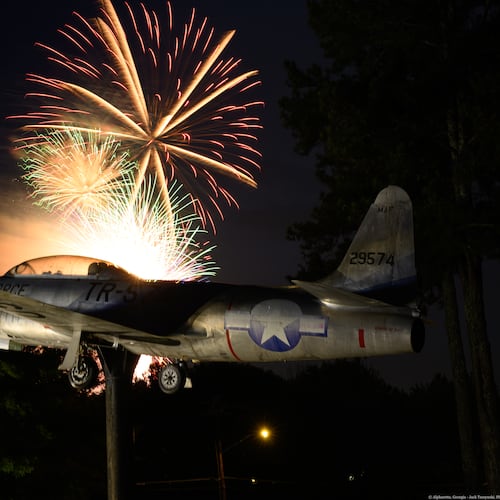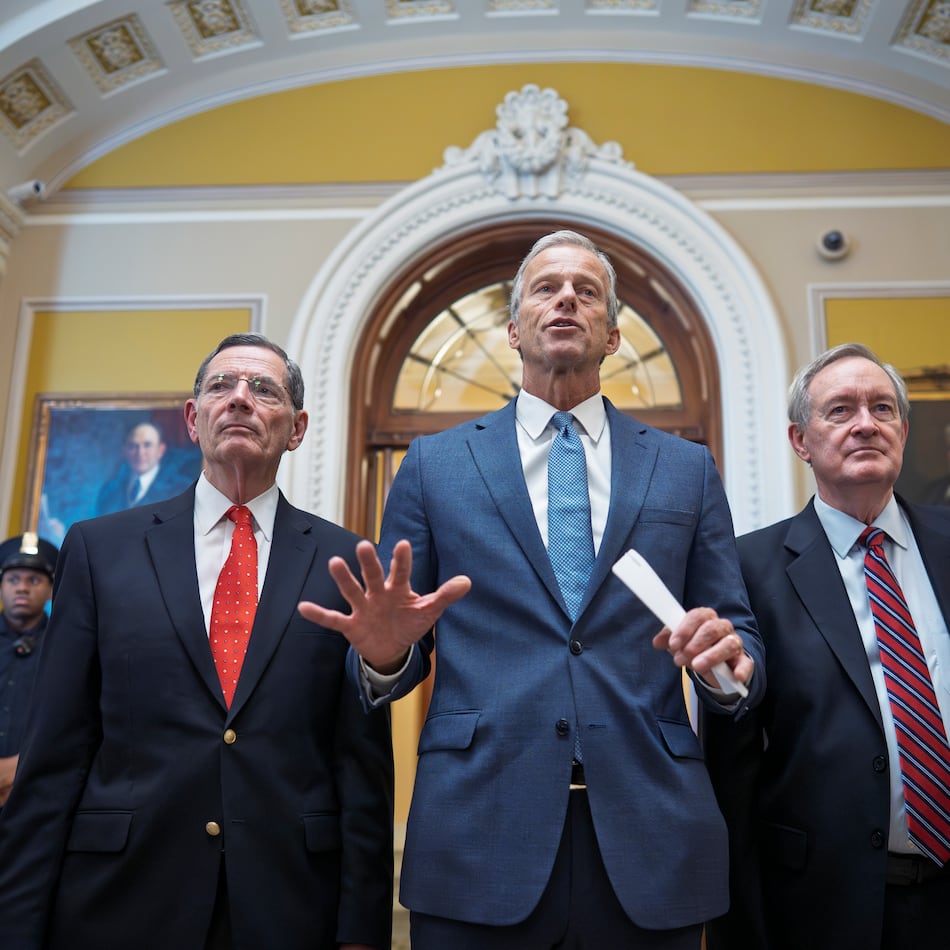Looking for art that's looking for love —- what a lark!
When my editor suggested a piece on romantic art for Valentine's Day, I jumped at the assignment. But trolling the High Museum for suggestions turned out to be harder than I thought.
For one thing, artists as a group have not, um, embraced love as a subject since Watteau and his peers depicted aristocratic dalliances in the 18th century.
Sex, yes. Sensuality, yes. Bodies, yes. But love uncynical, not so much.
For another, I had trouble fixing a general concept of romance. If "beauty" depends on the eye of the beholder, "romance" also depends on organs located farther south.
Women seem to think it requires a relationship. The most romantic of relationships —- to judge by the sniffling women at "The Curious Case of Benjamin Button" —- is true love, thwarted.
Their dry-eyed dates, to infer from my informal office poll, would have made do with sex.
Not surprisingly, given the historical preponderance of male artists, my search yielded more artworks that reflected a male perspective. I didn't find sex per se. Other than some mythical ravishings, the High's holdings are pretty prim.
But there are some, shall we say, mood-inducing examples tailored to what feminists call "the male gaze." To wit: Tom Wesselmann's cut-out of a pair of disembodied lips —- full, of course, and parted in a Marilyn Monroe smile.
Theodore Roussel's voyeuristic view of the naked "Diana Bathing," executed in a sensuously rich and agitated brush strokes, might be a Valentine's Day mood-setter for both sexes, according to recent research on the subject.
For the metaphorically minded, the luscious giant peaches and pears in the installation by Claes Oldenburg and Coosje van Bruggen on the terrace, which includes a knife (thank you, Freud) at the ready, might do the trick.
As for the depiction of a romantic relationship, "The Funeral of Atala" by Anne-Louis Girodet de Roussy-Trioson wins hands down.
First, it has a story, a must for successful romance, visual or otherwise. The plot concerns the star-crossed love of two American Indians named Chactas and Atala, whose marital union is foreclosed by religious differences —- he being a heathen, she a Christian. If that weren't tragic enough, poor Atala is so overcome by her passion for Chactas that suicide is the only way to keep her vow of chastity.
Girodet ratchets up the temperature with a theatrical presentation. In the 1811 painting, the grief-stricken, bare-chested hunk clutches the leg of his beautiful sweetheart, who is lowered into her grave in a clingy white gown.
OK, maybe "Atala" is too kitschy to the contemporary eye to be truly romantic. Perhaps the day has passed when a painting or a sculpture can gin up those kinds of emotions. How can a still image compete with, say, "Titanic"?
But don't let that deter you. Wandering through a museum or a gallery can be a romantic experience if you are with the right person, no matter what's on view.
About the Author
Keep Reading
The Latest
Featured


